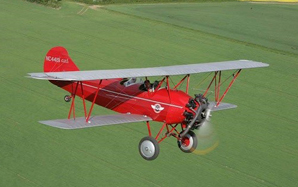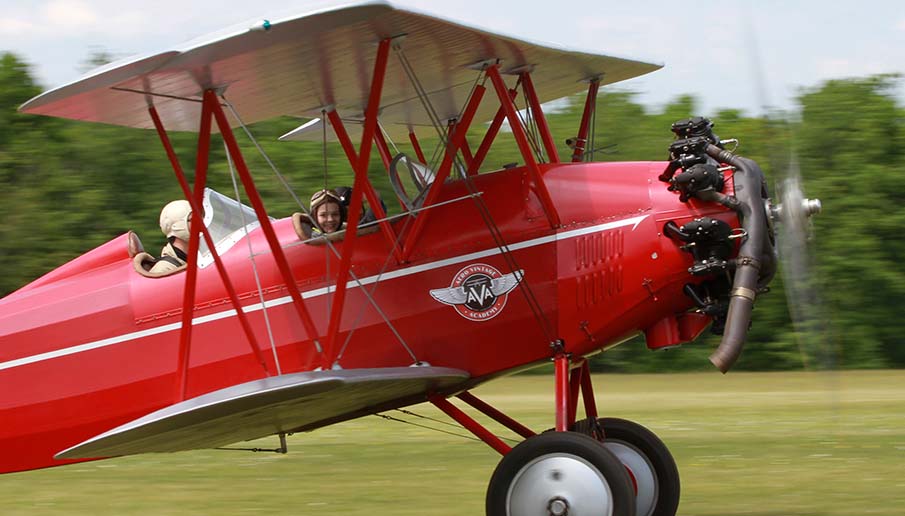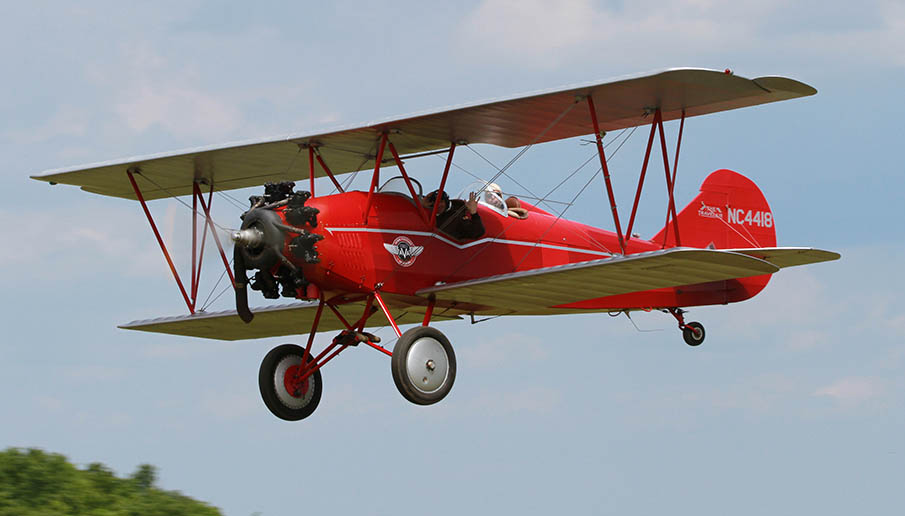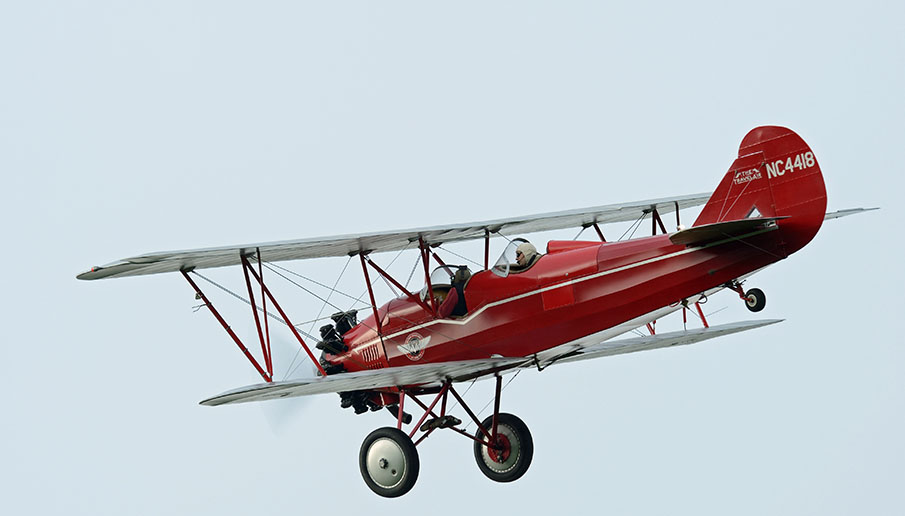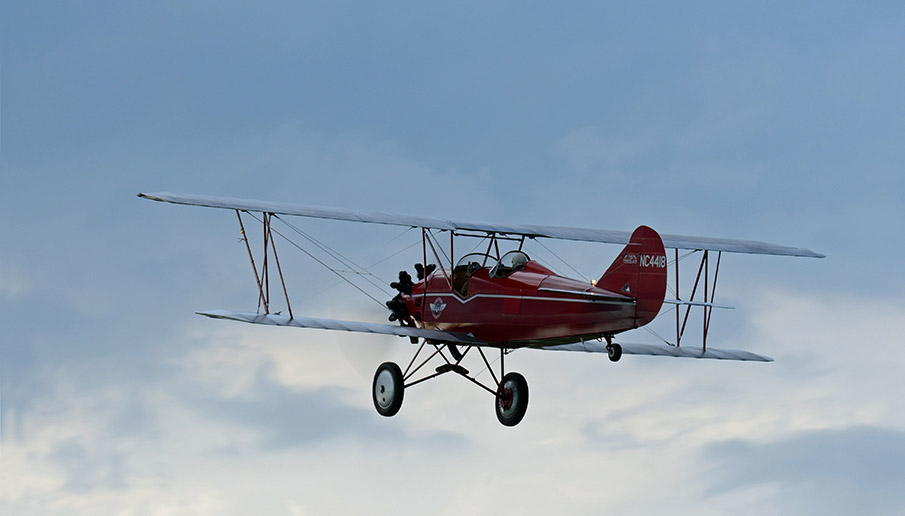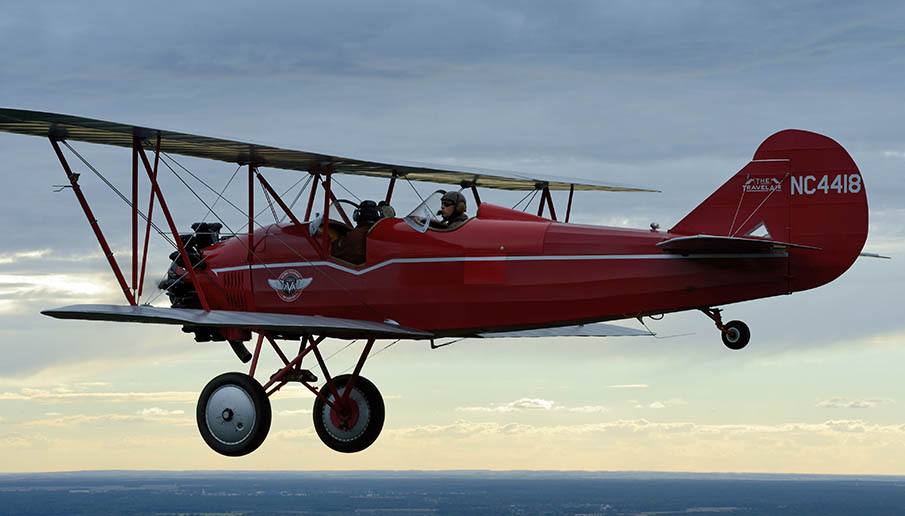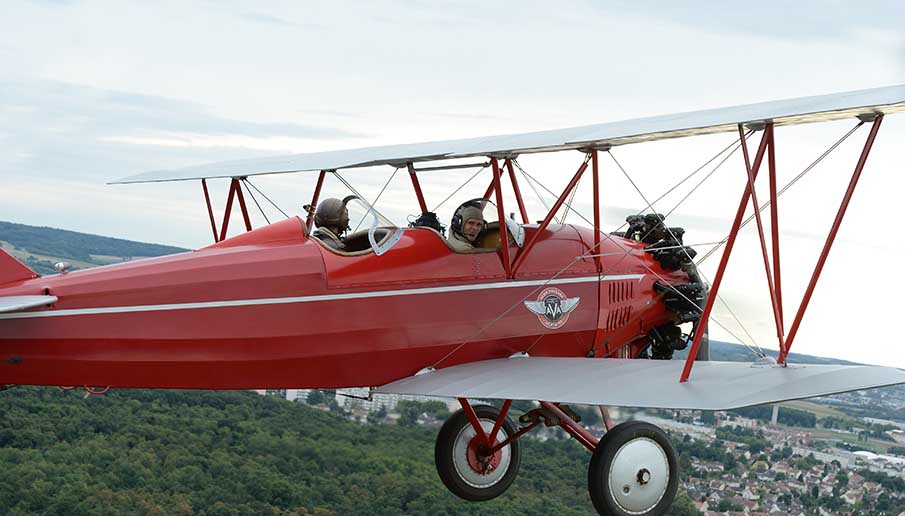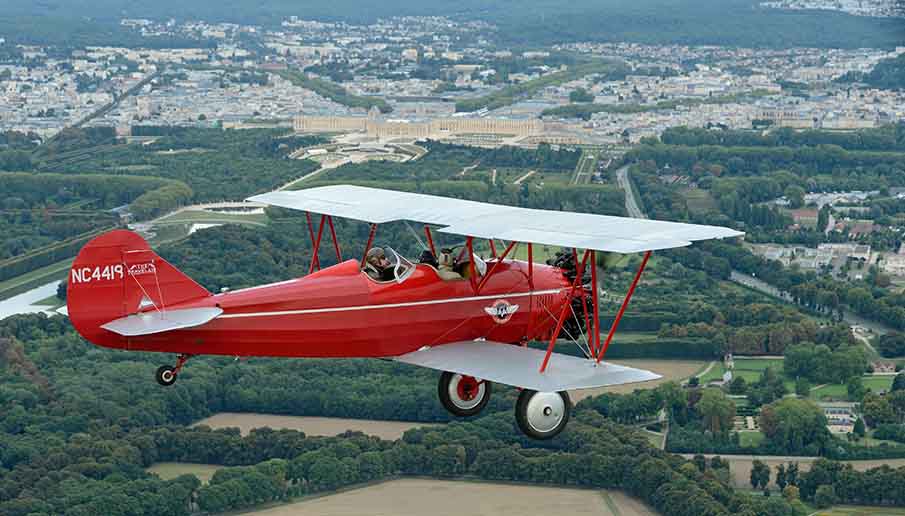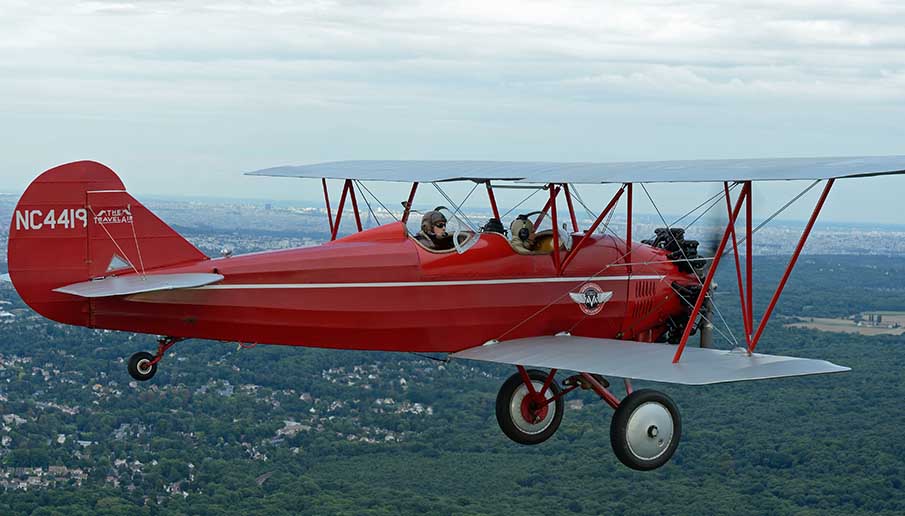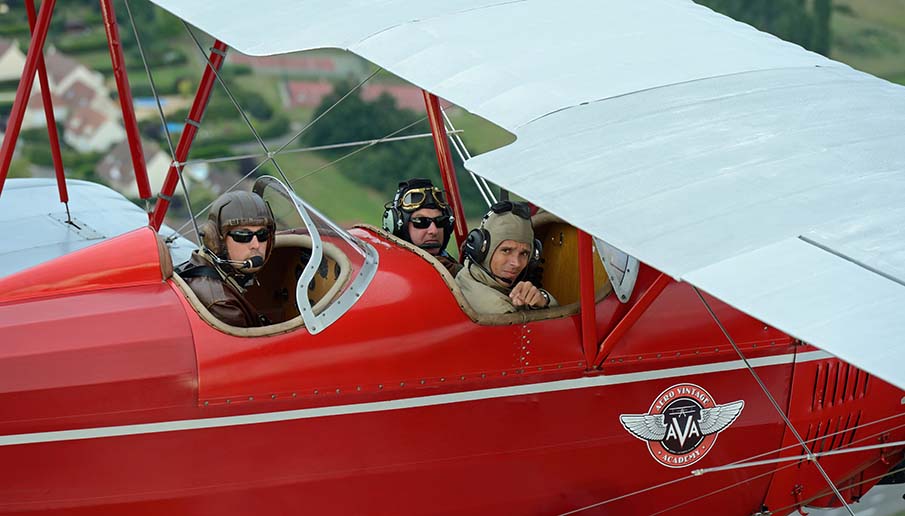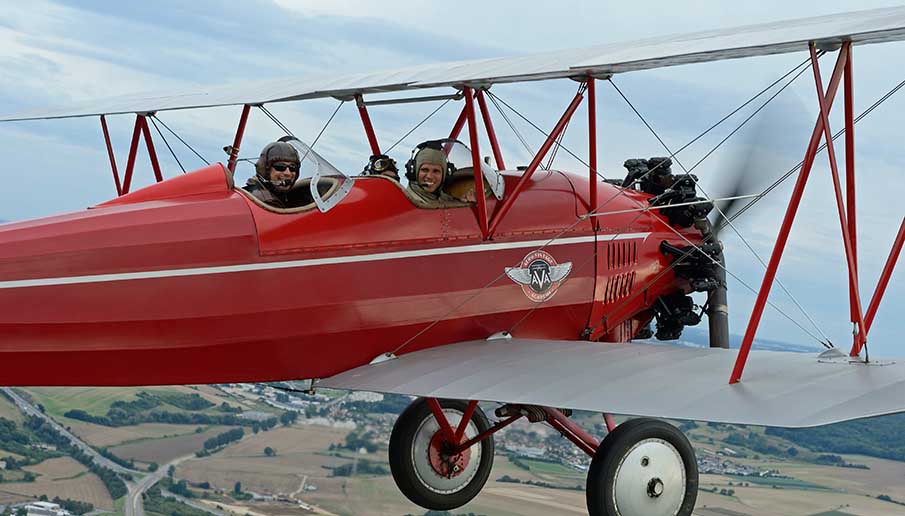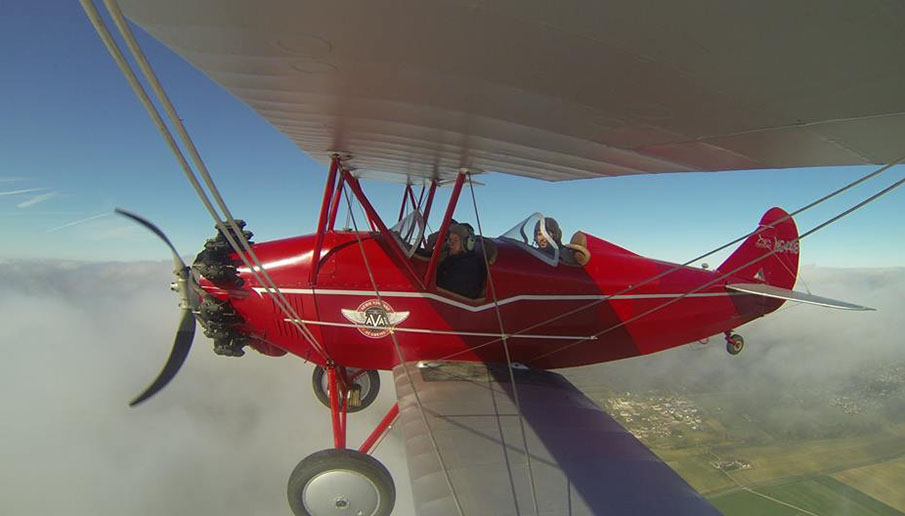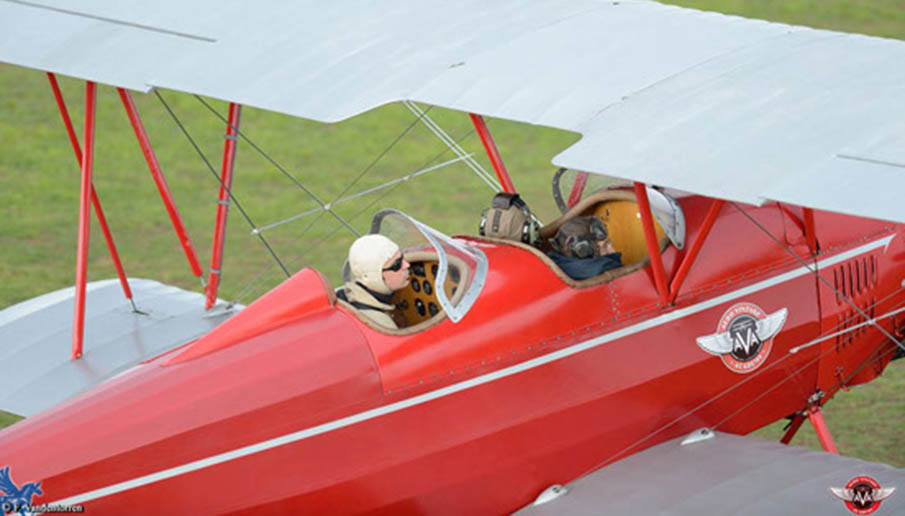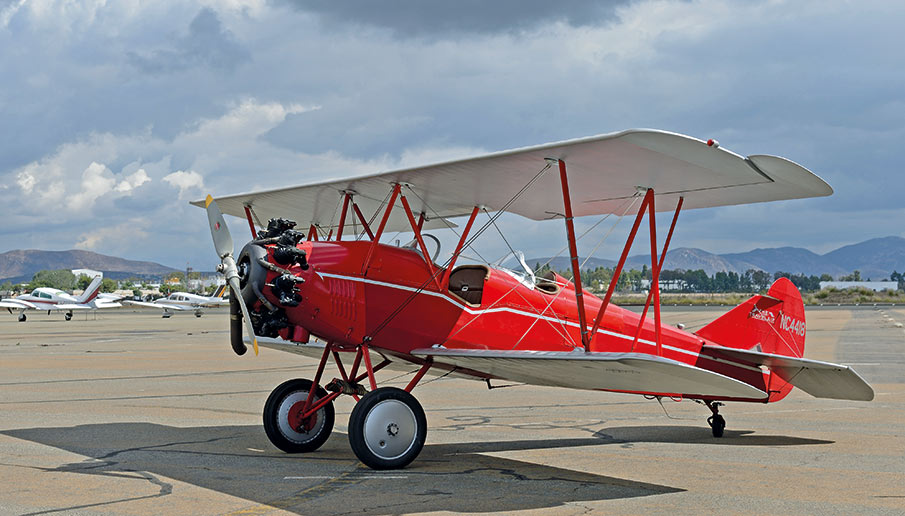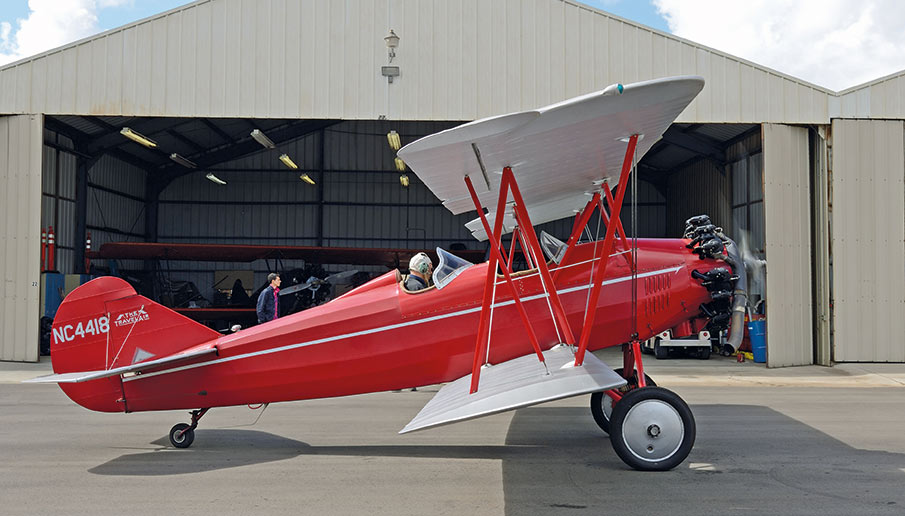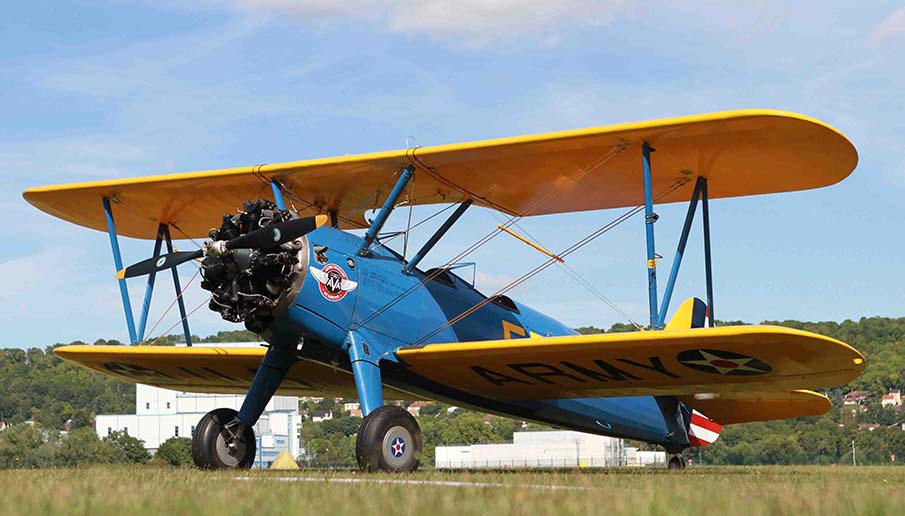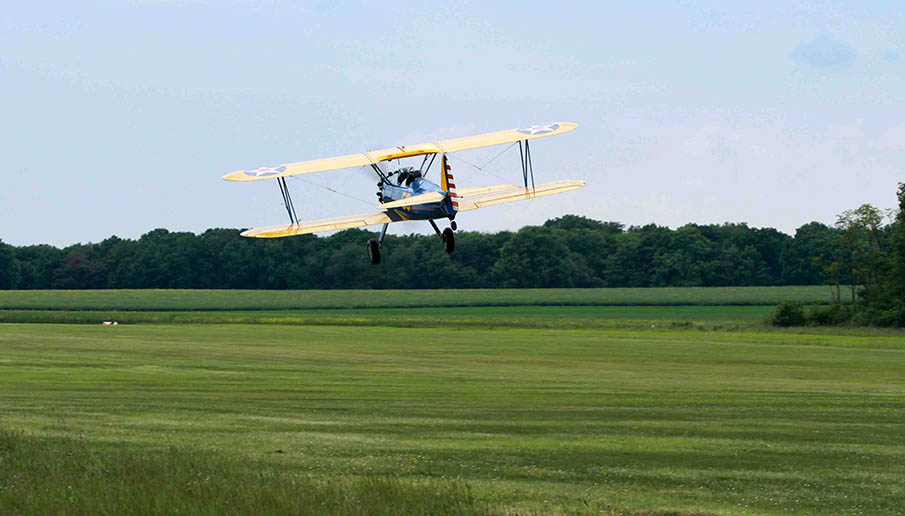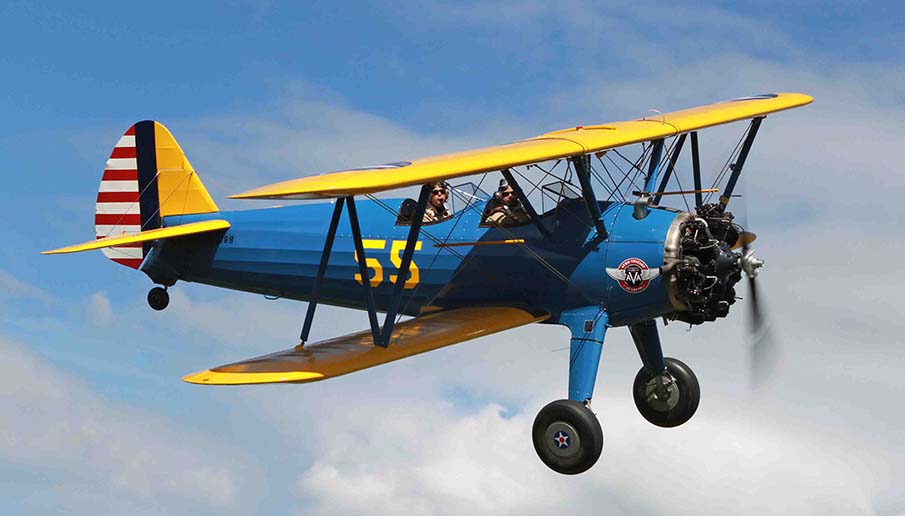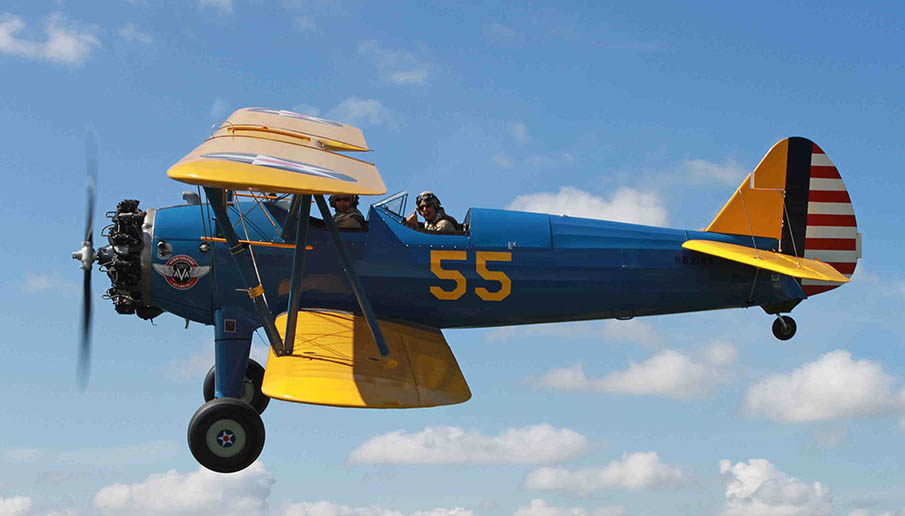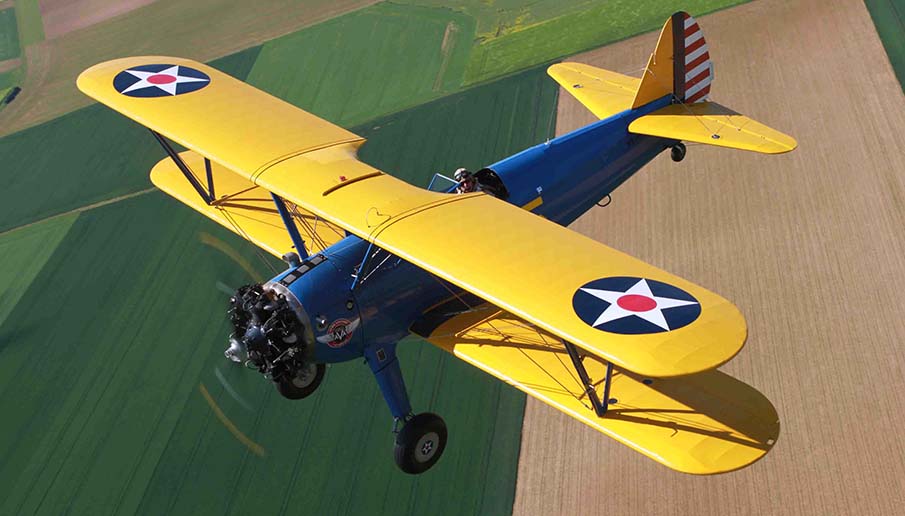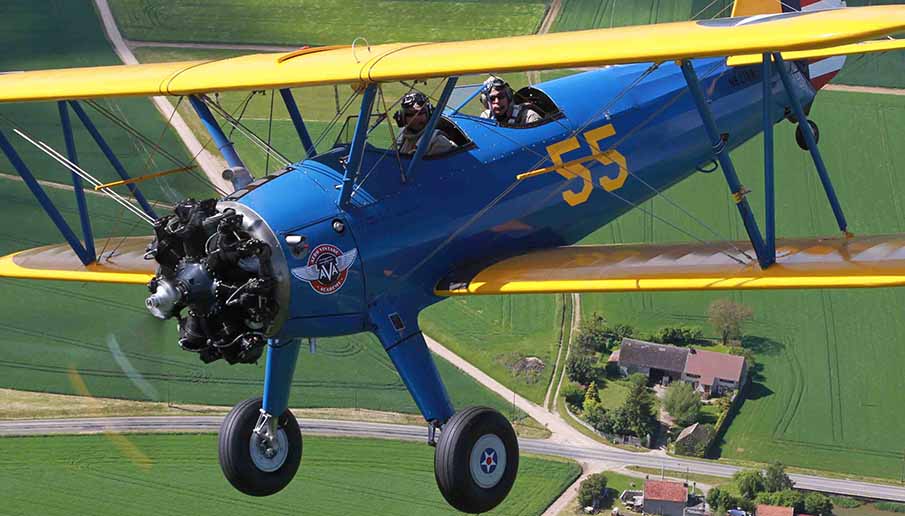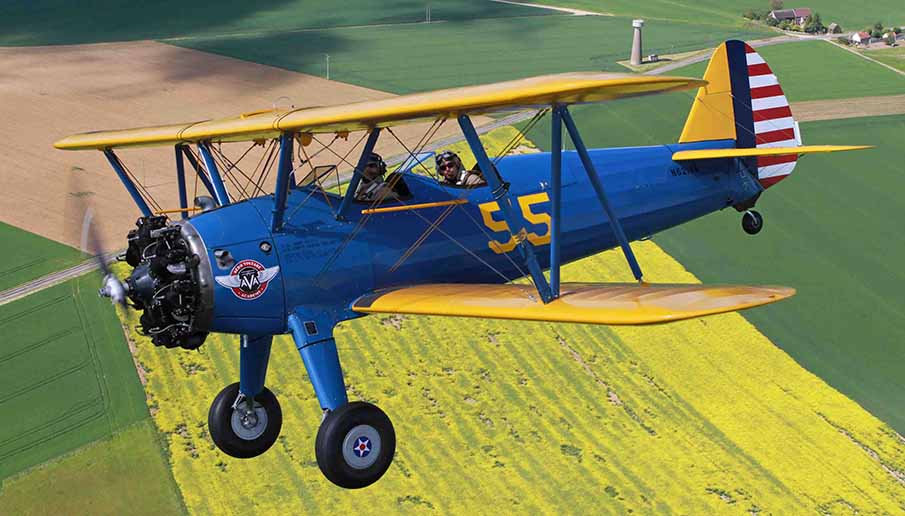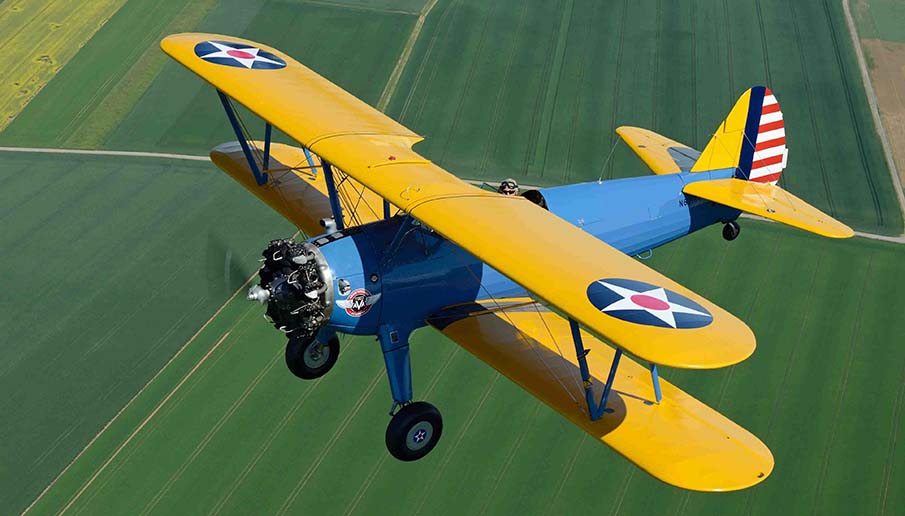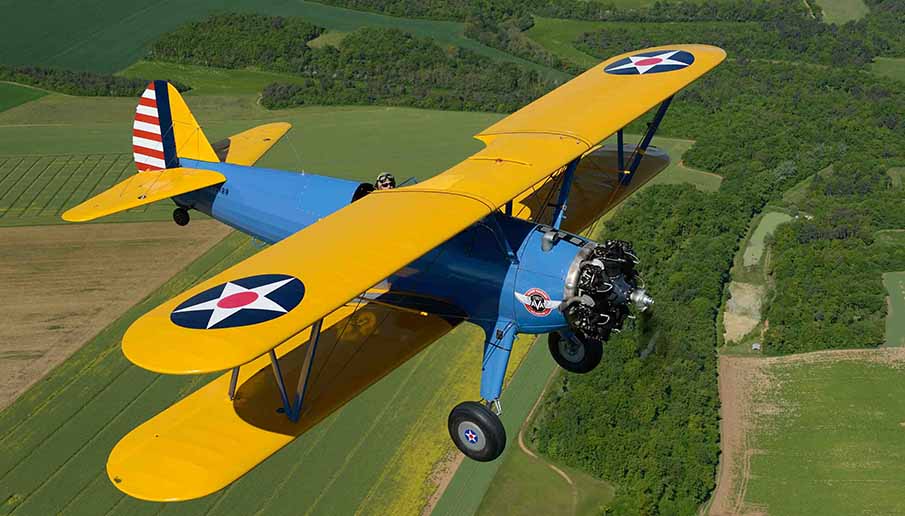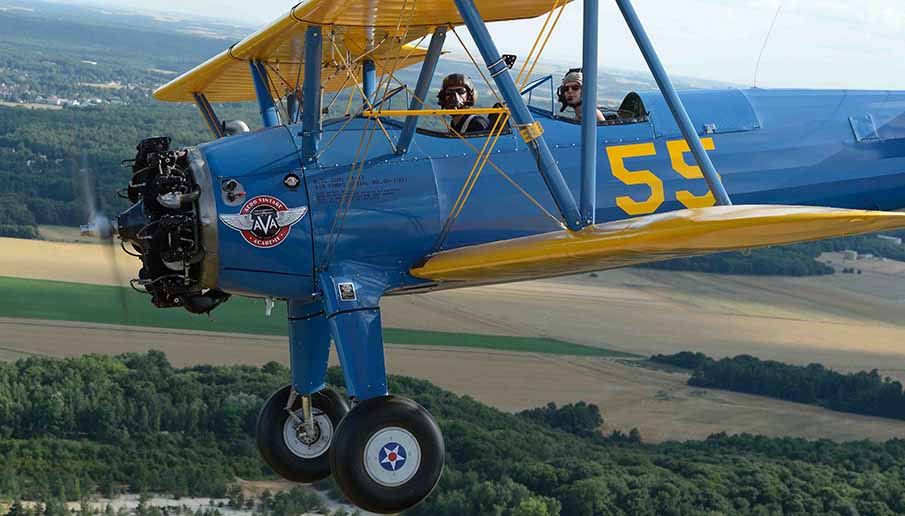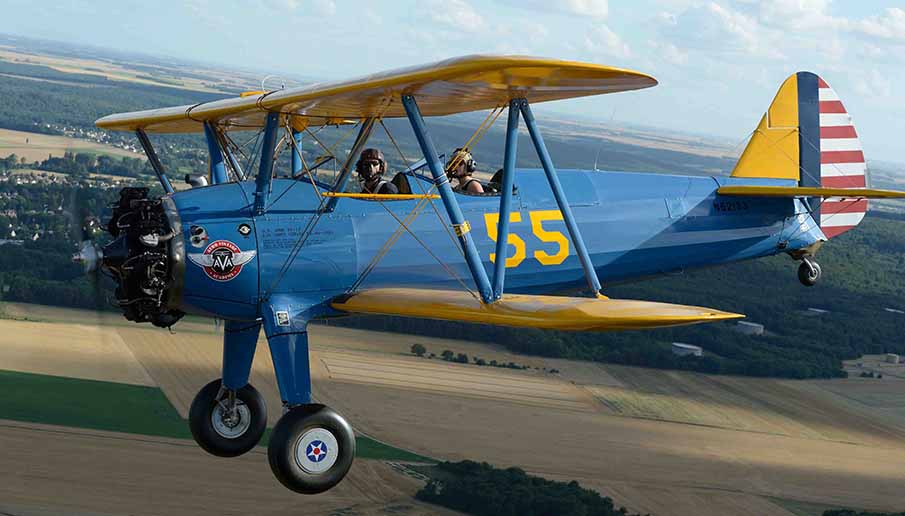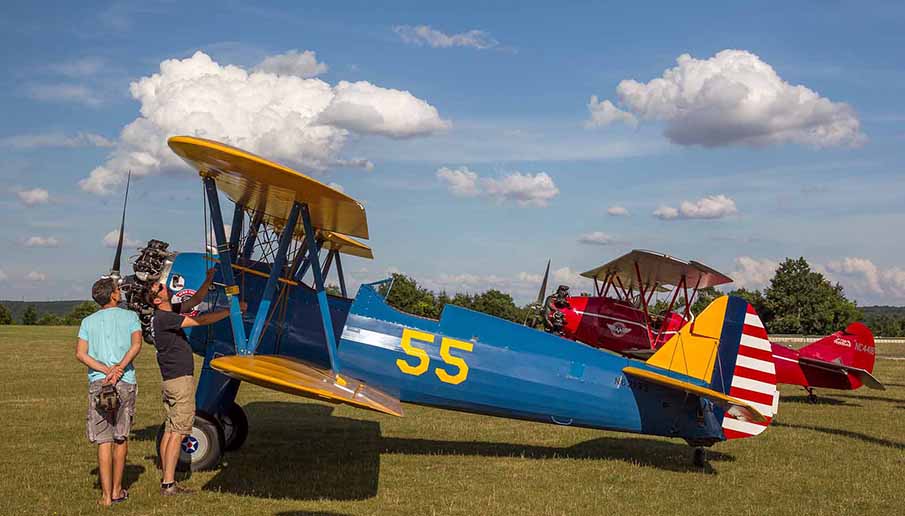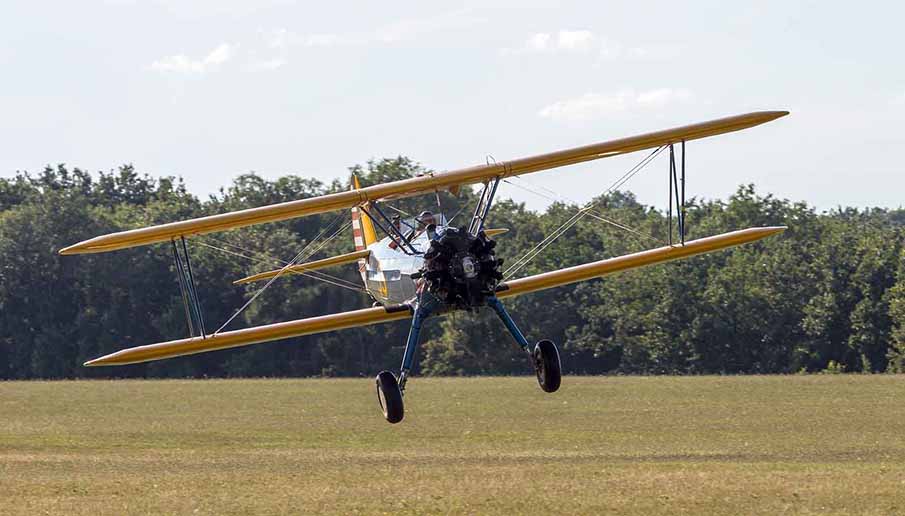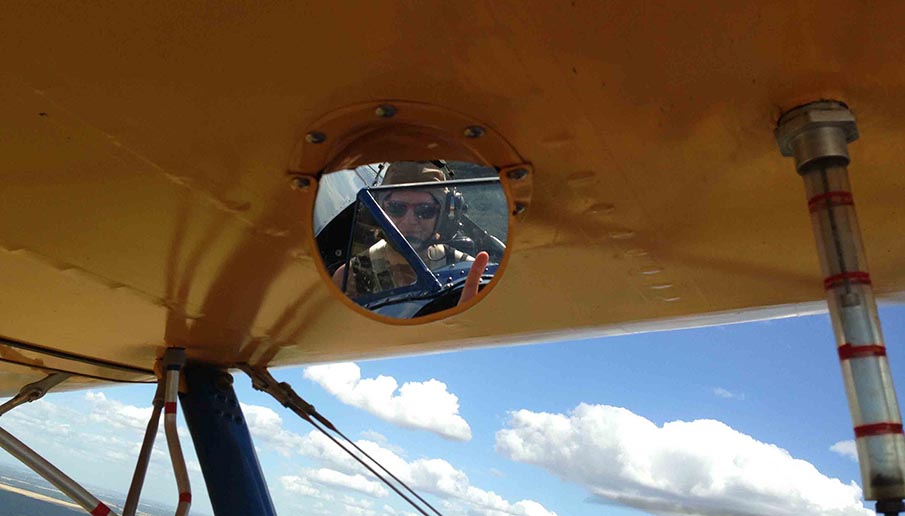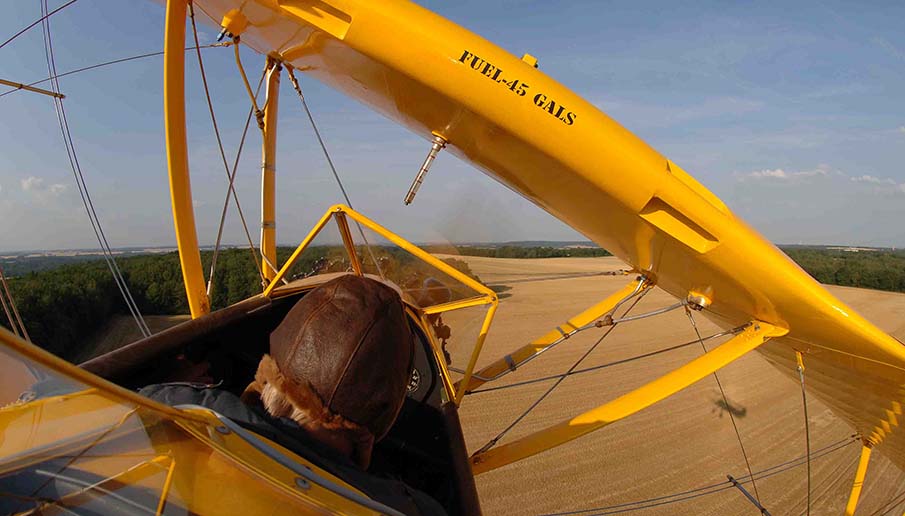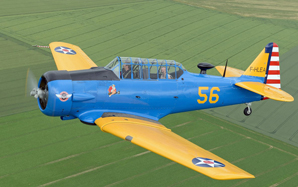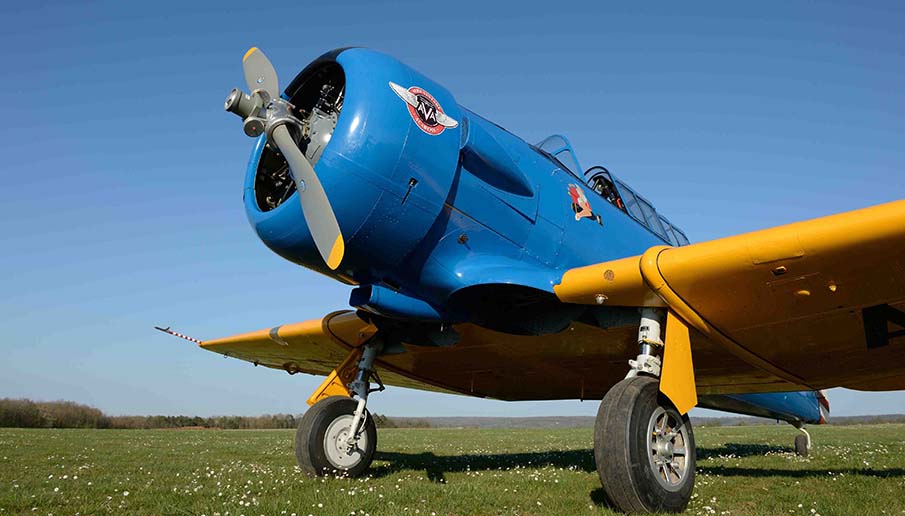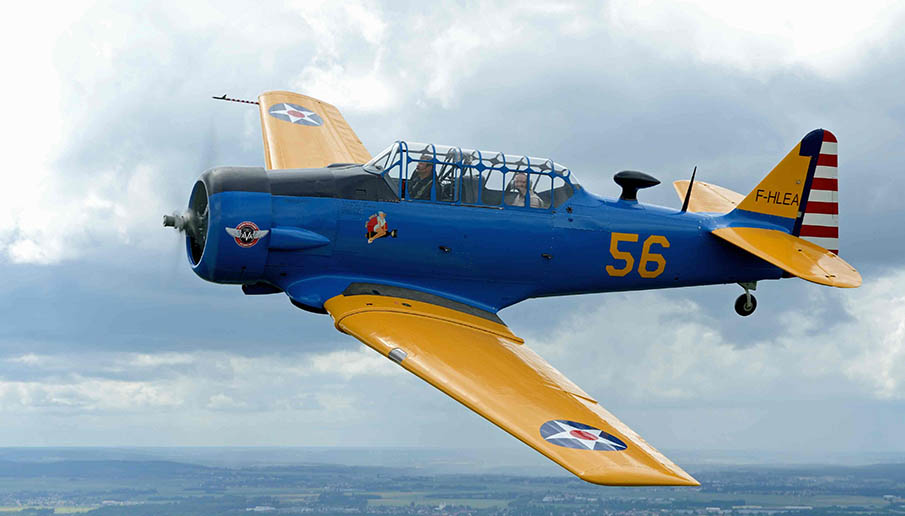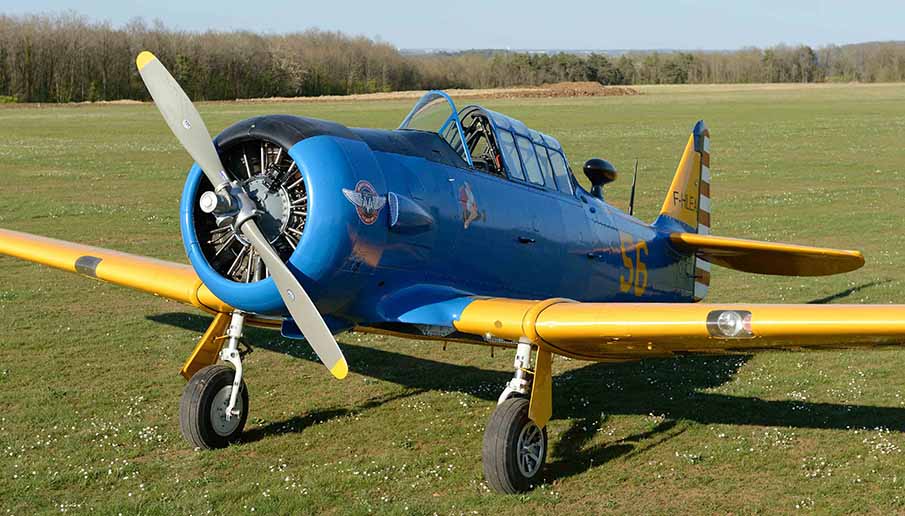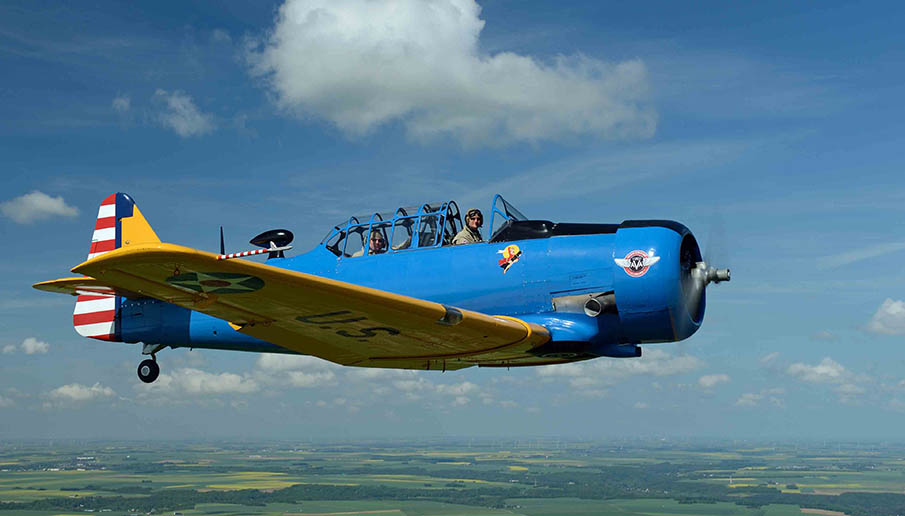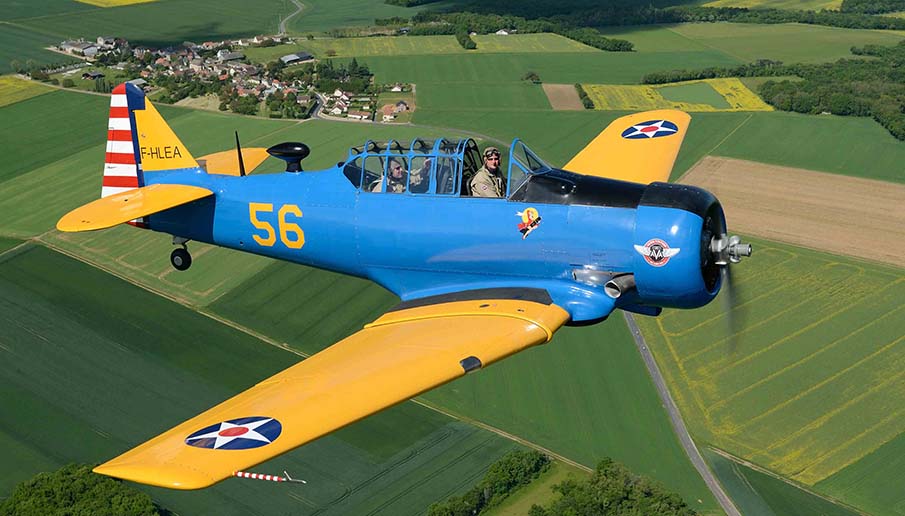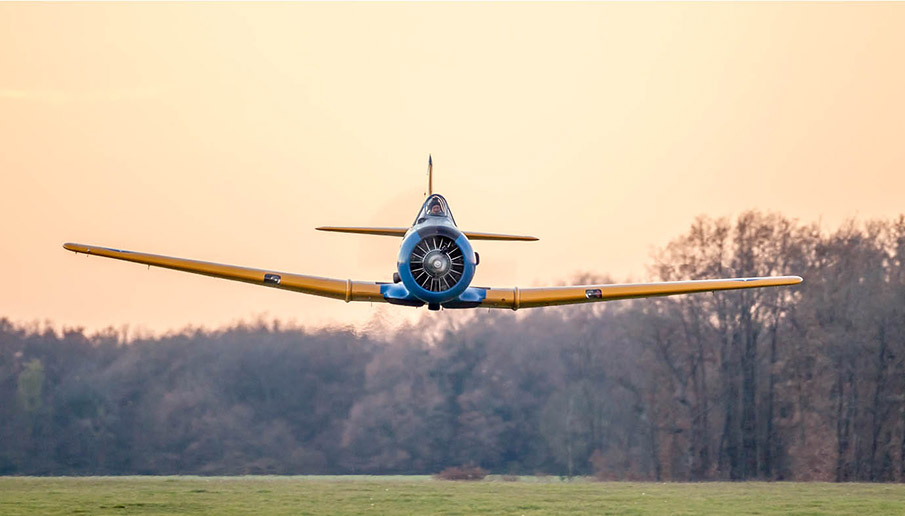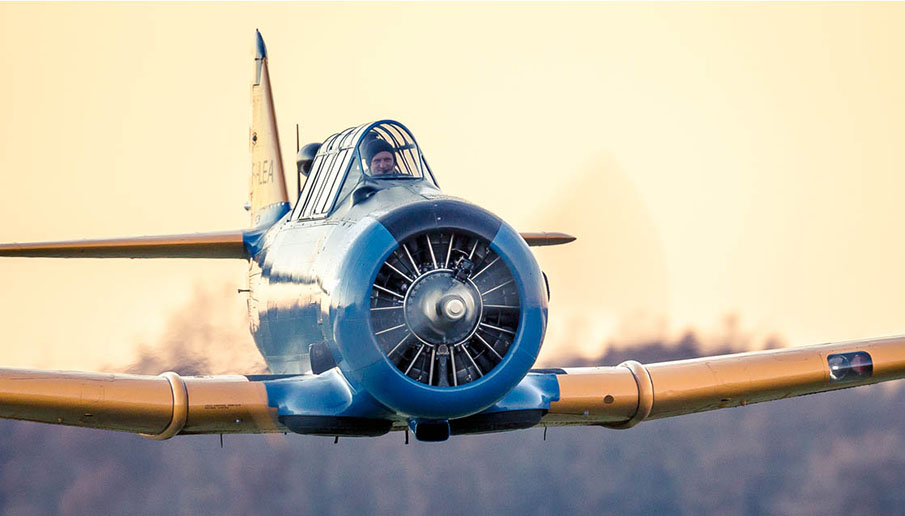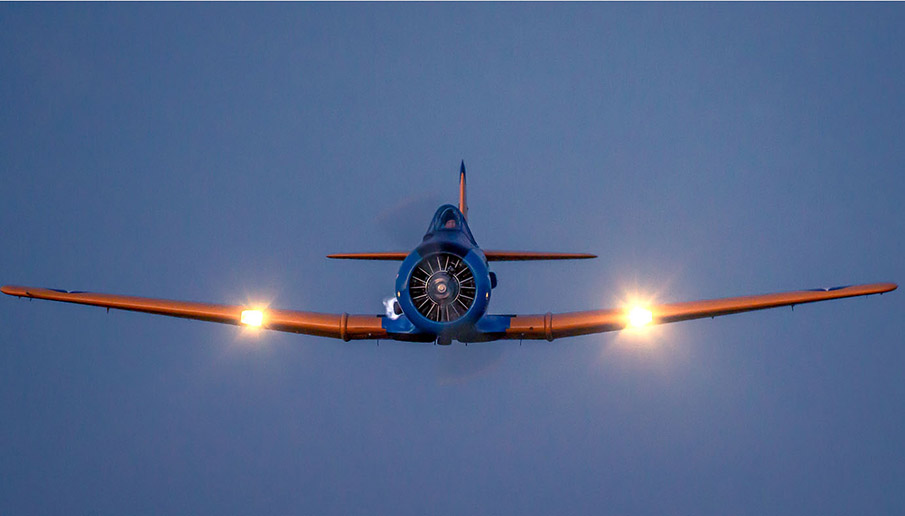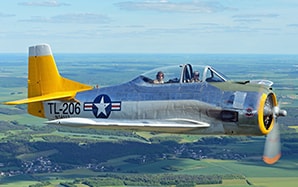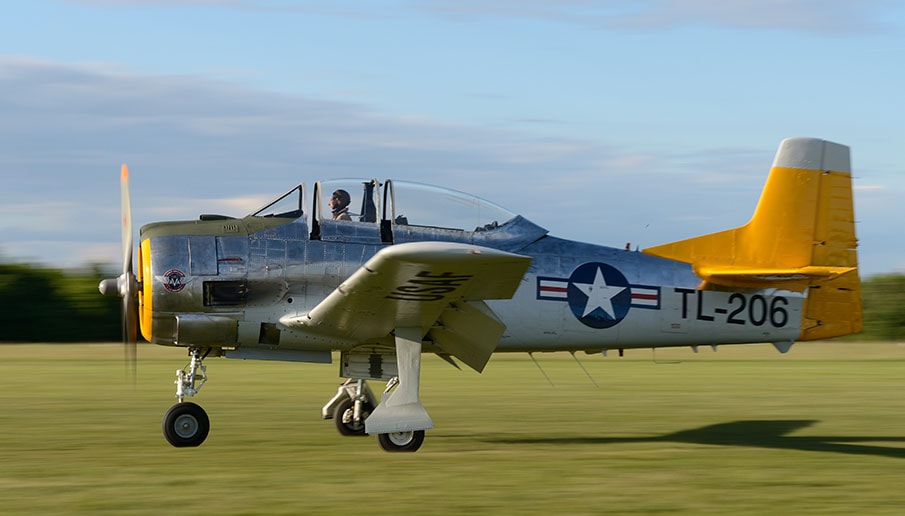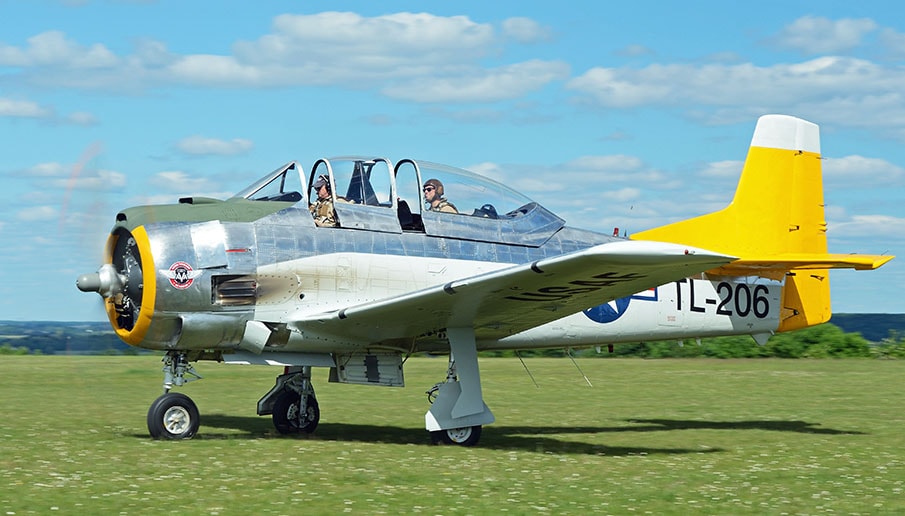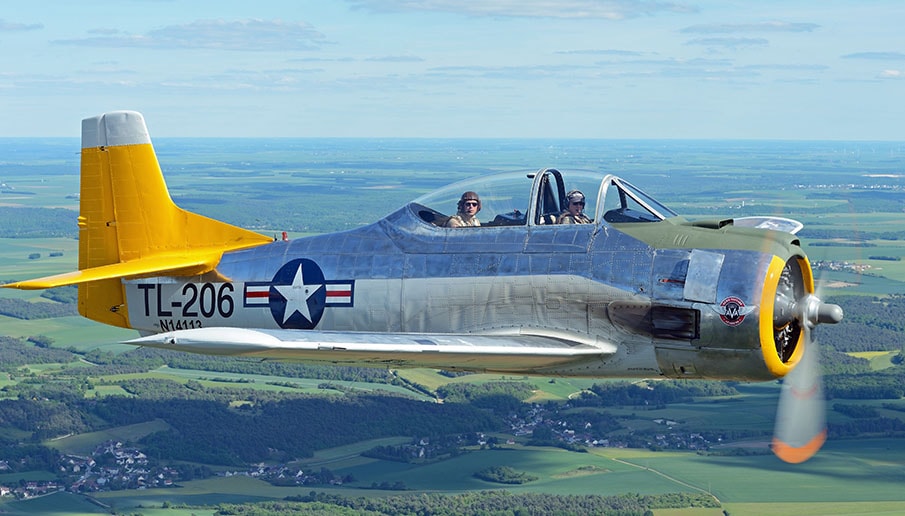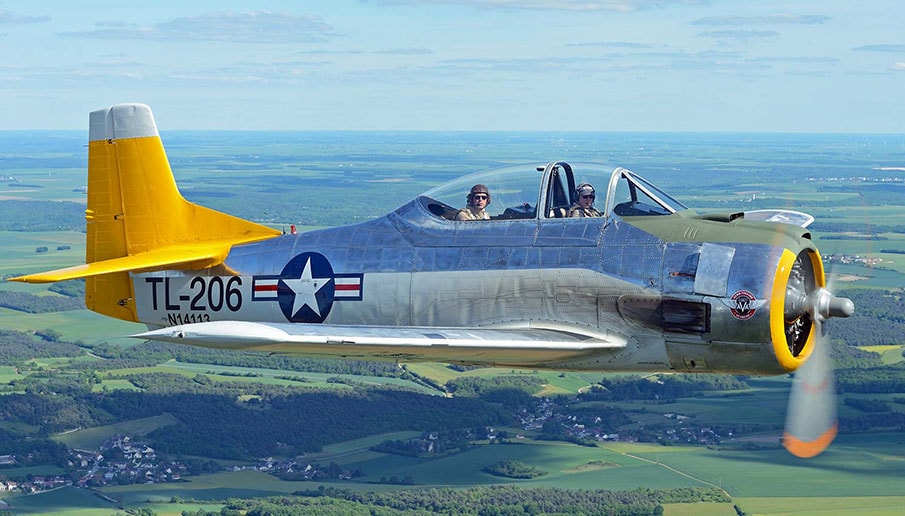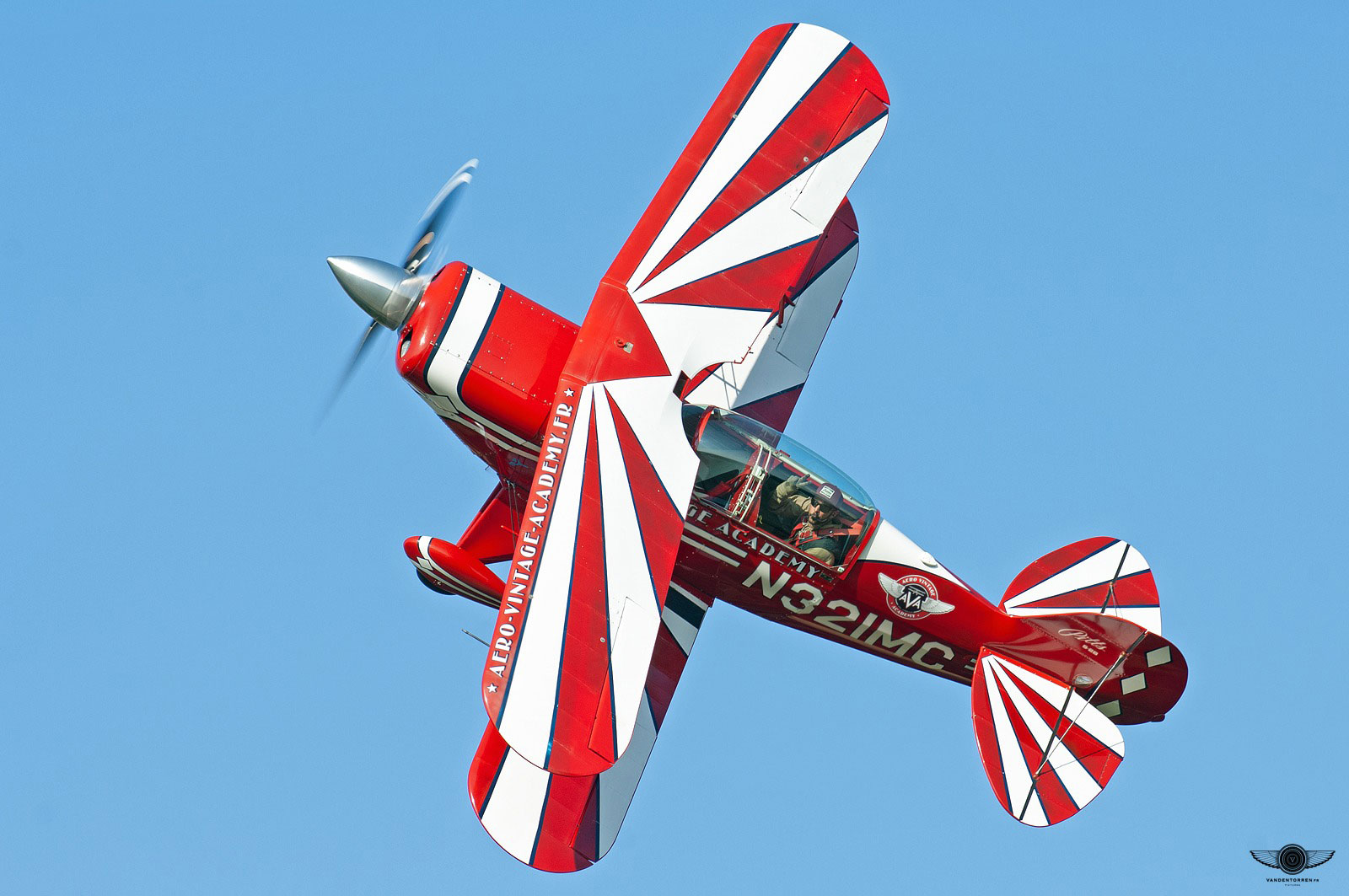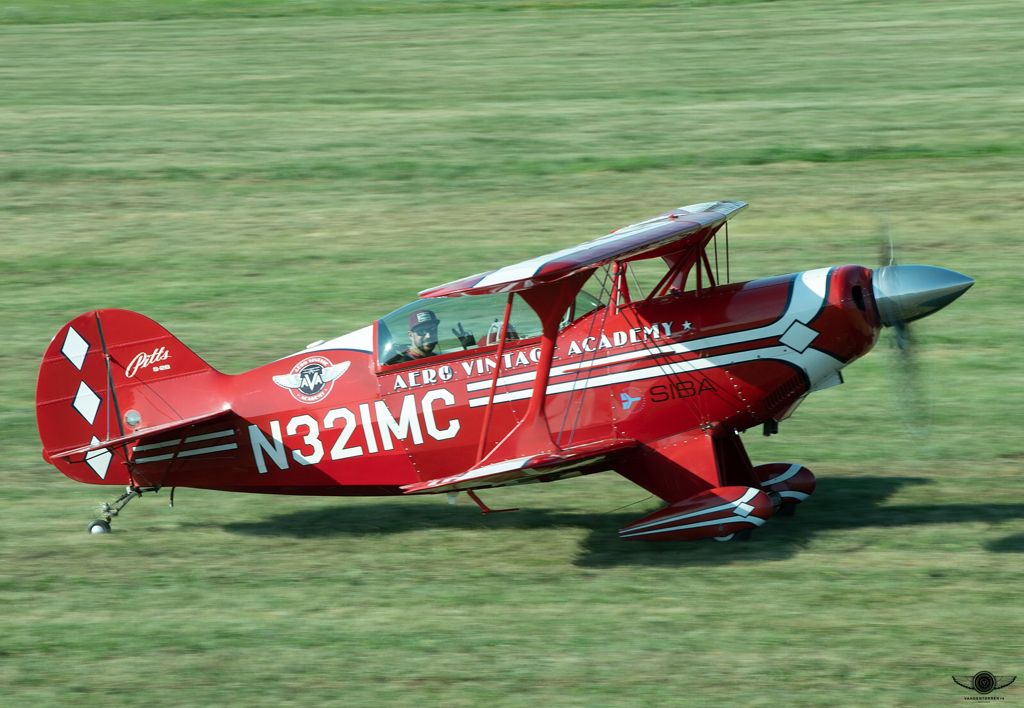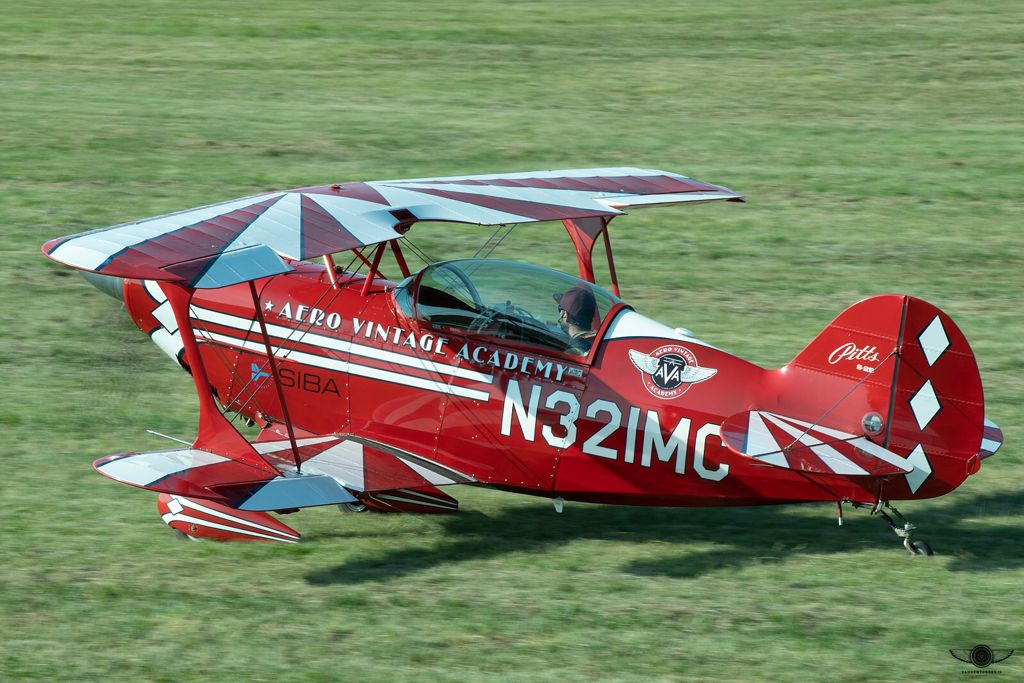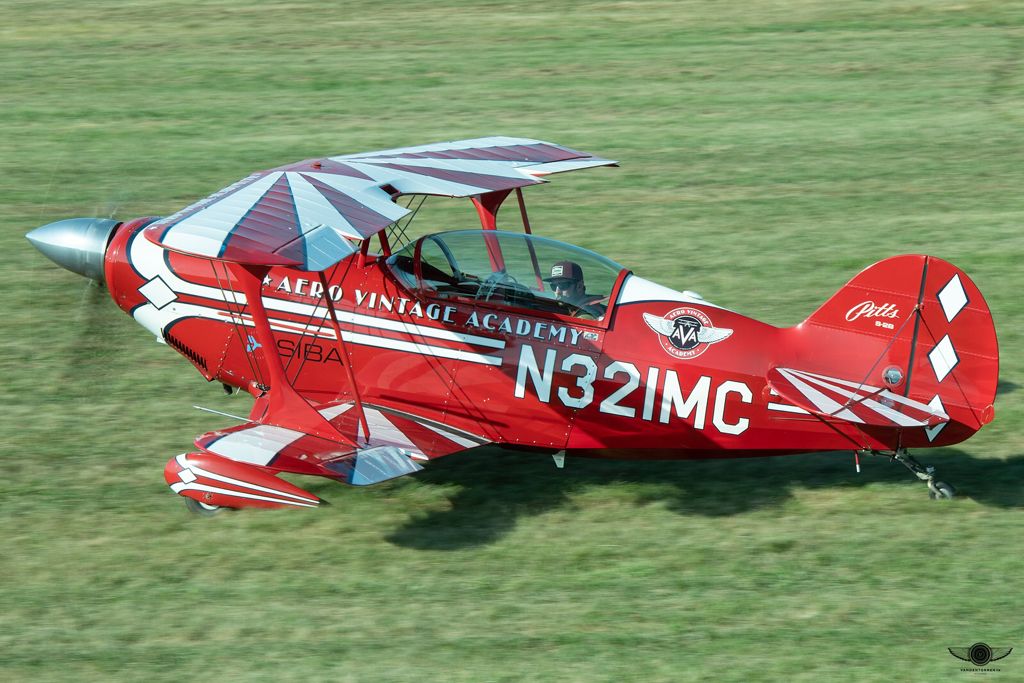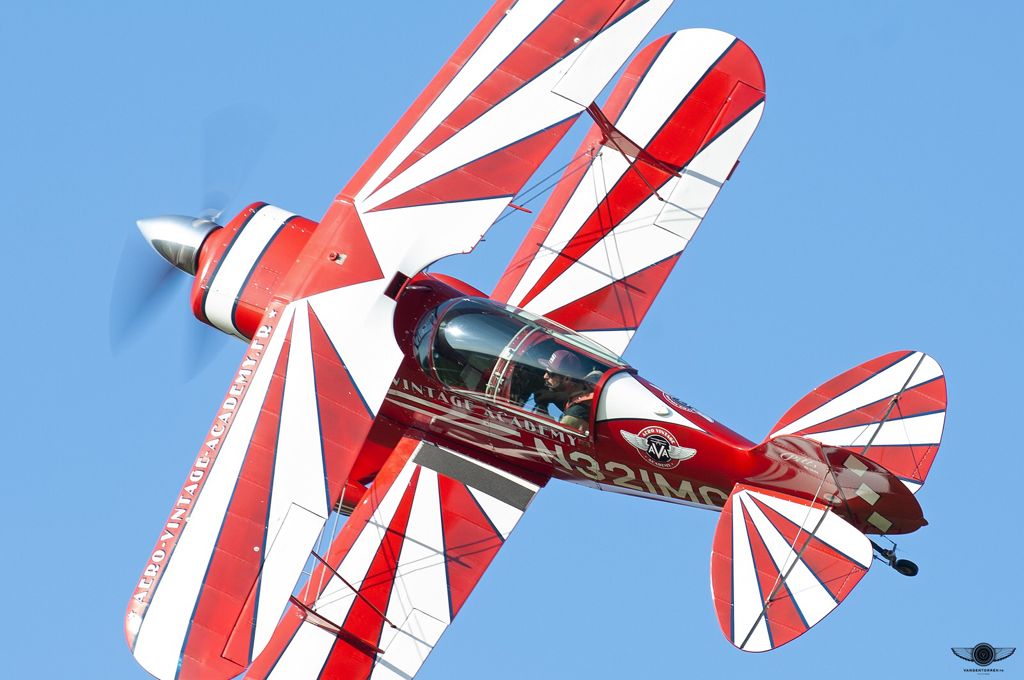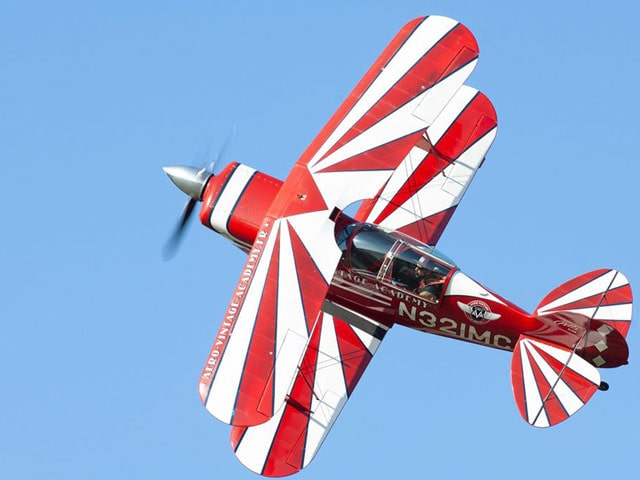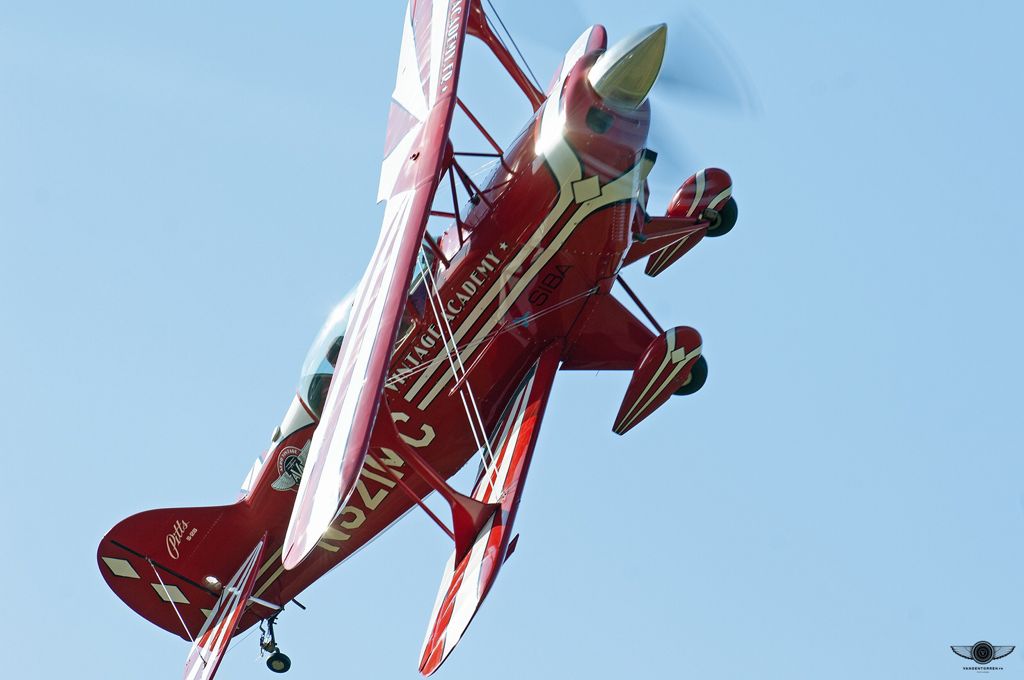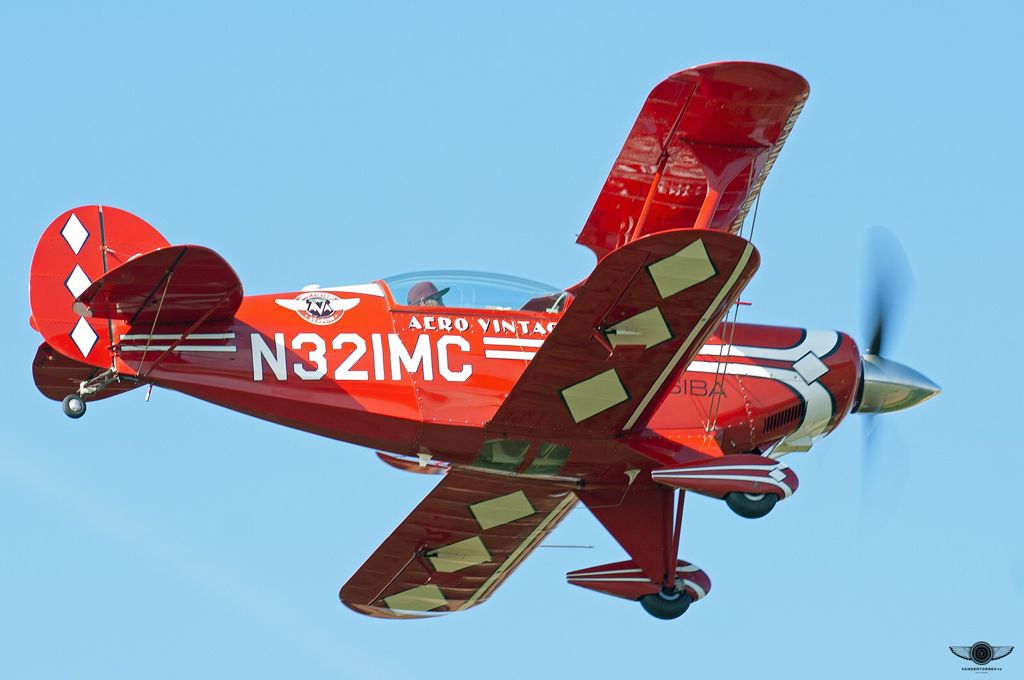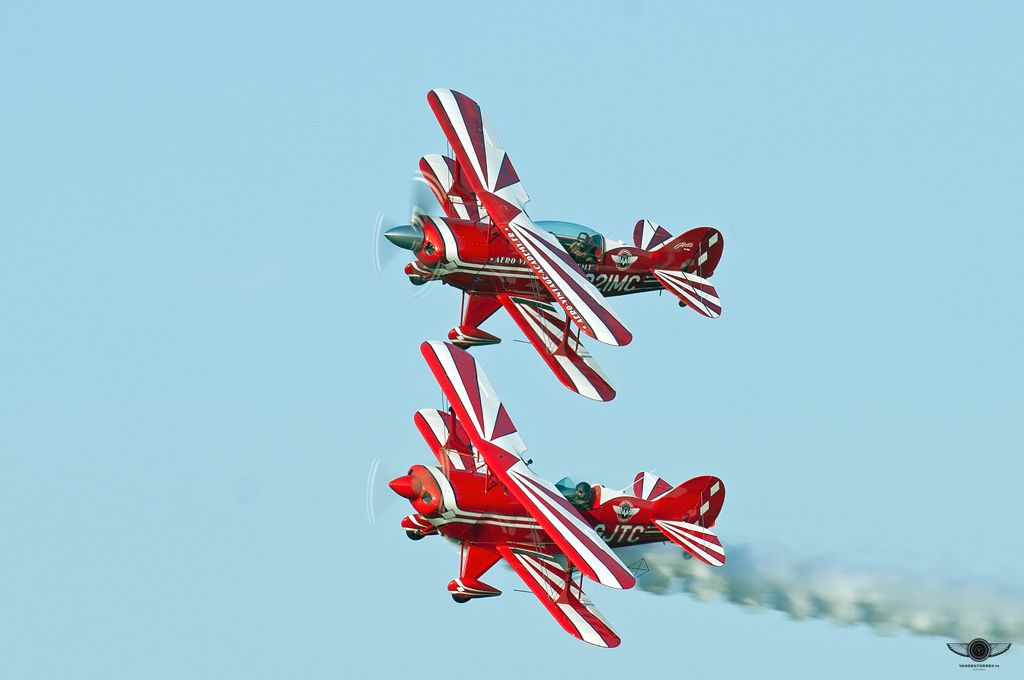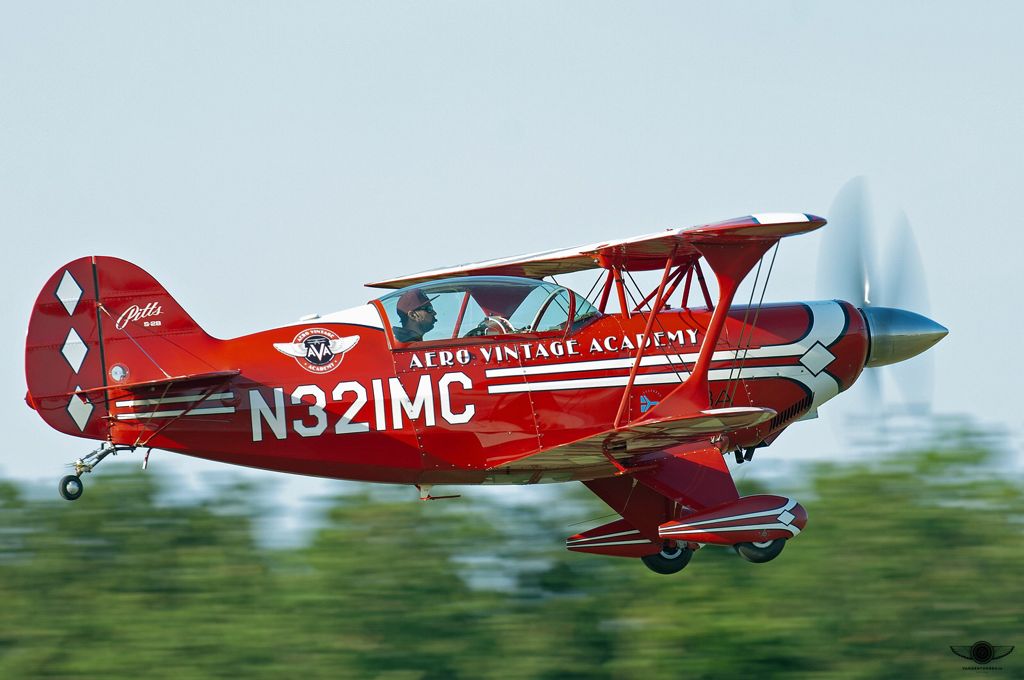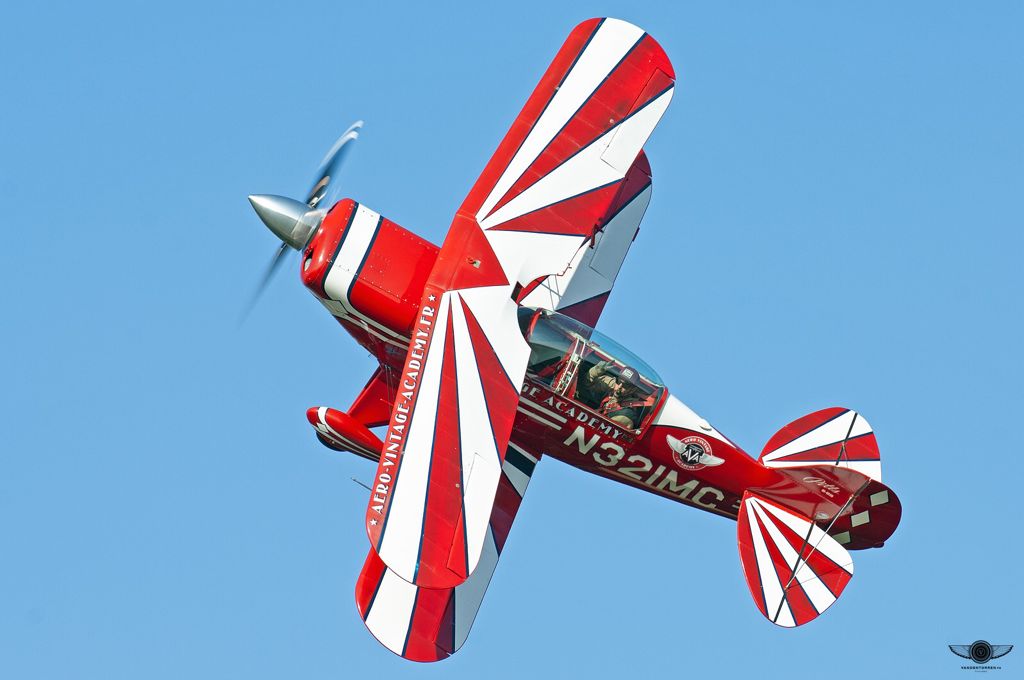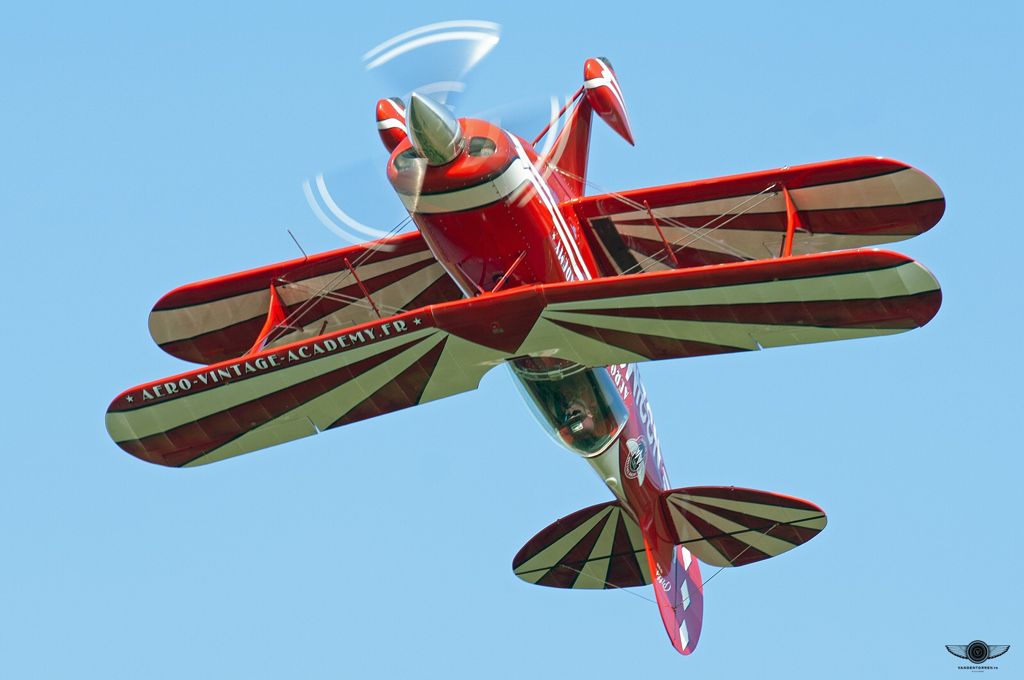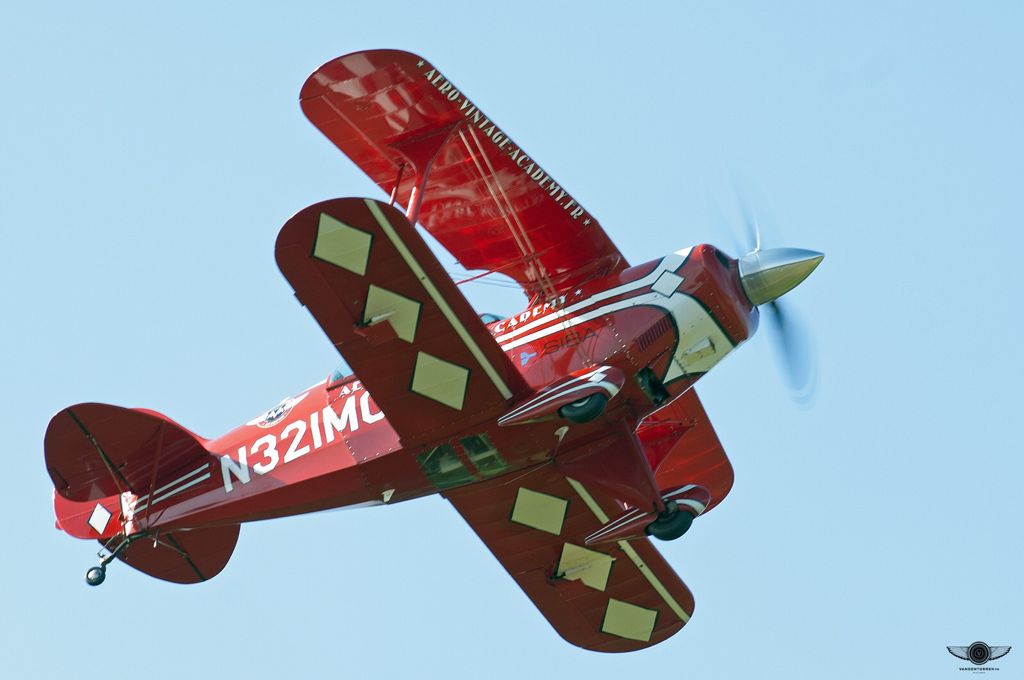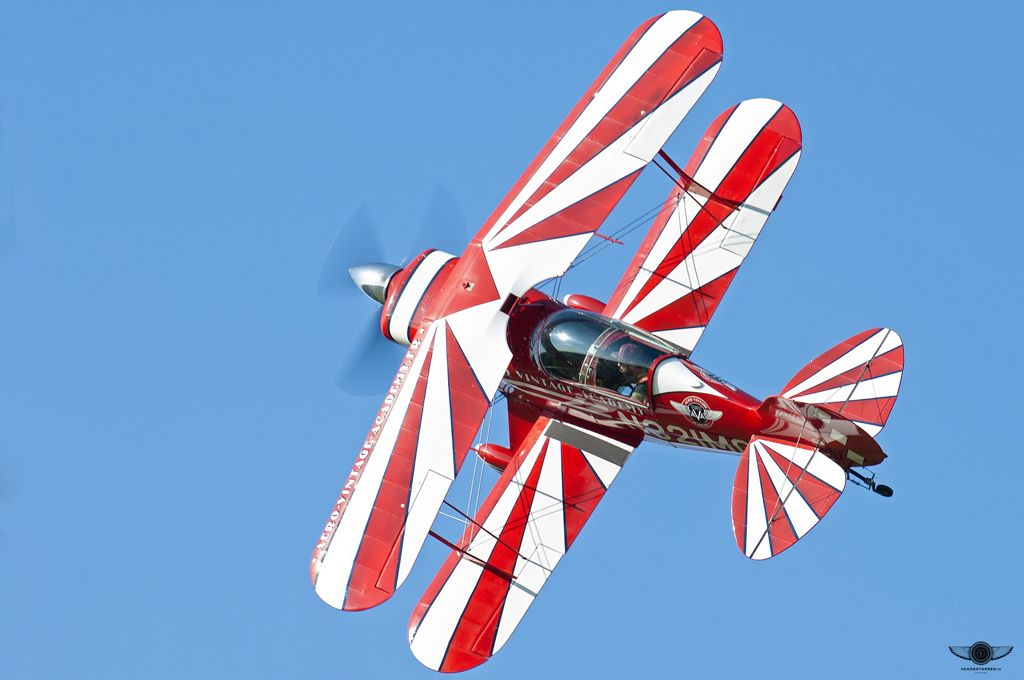FIRST FLIGHT
All year long, by reservation, come and take off on one of Aero Vintage Academy's planes. Four devices are at your disposal to discover the earth from the sky. Alone, as a couple or a family, a drive above the South of Paris will delight you and for the most daring, come and put your head upside down. Four vintage aircraft are to be discovered for flights of 15-20 minutes or more.
TRAVEL AIR
The joy of a flying open-top
plane, to discover in duo.
295€ for both passengers
TRAVEL AIR
The joy of a flying open-top
plane, to discover in duo.
295€ for both passengers
BOEING STEARMAN PT-17
American school biplane that saw a large number of
pilots during the Second World War. On board:
aerobatics, hair in the wind !
295€ / passenger
BOEING STEARMAN PT-17
American school biplane that saw a large number of
pilots during the Second World War. On board:
aerobatics, hair in the wind !
295€ / passenger
NORTH AMERICAN T-6
Famous training plane (after having
flown on Stearman). Also used in the Algerian conflict.
Algérien. Aerobatics possible
495€ / passenger
NORTH AMERICAN T-6
Famous training plane (after having
flown on Stearman). Also used in the Algerian conflict.
Algérien. Aerobatics possible
495€ / passenger
North American T-28
Take control of one of the most powerful
planes ever built, with more than 1400hp!
Aerobatics possible
745€ / passenger
Temporarily unavailable
North American T-28
Take control of one of the most powerful
planes ever built, with more than 1400hp!
Aerobatics possible
745€ / passenger
Temporarily unavailable
PITTS S-2B
The Pitts is a world-class aircraft in
the field of aerobatics.
Adept of thrills, come fly aboard this
small biplane, adrenaline assured!
345€ / passenger
PITTS S-2B
The Pitts is a world-class aircraft in
the field of aerobatics.
Adept of thrills, come fly aboard this
small biplane, adrenaline assured!
345€ / passenger



